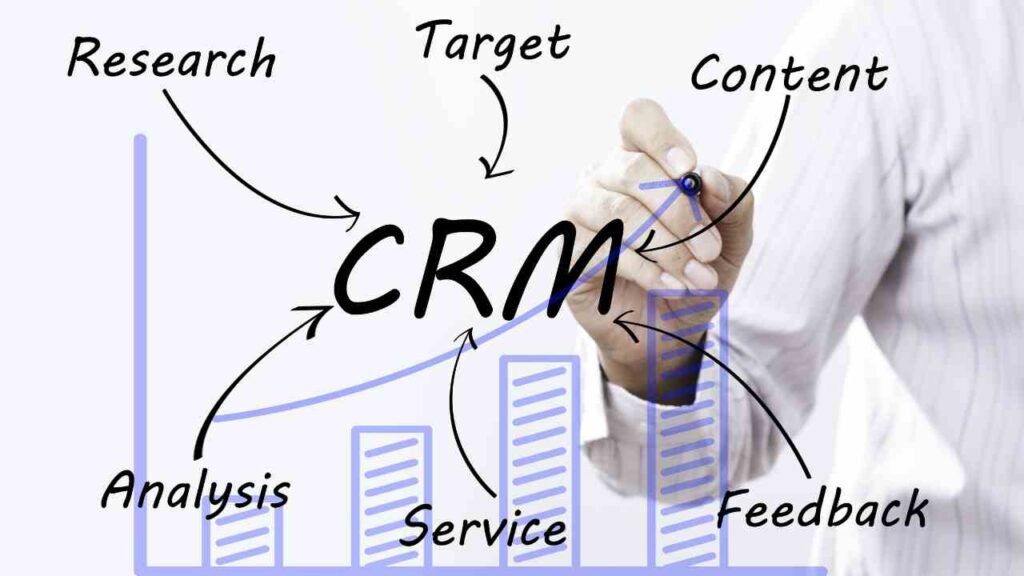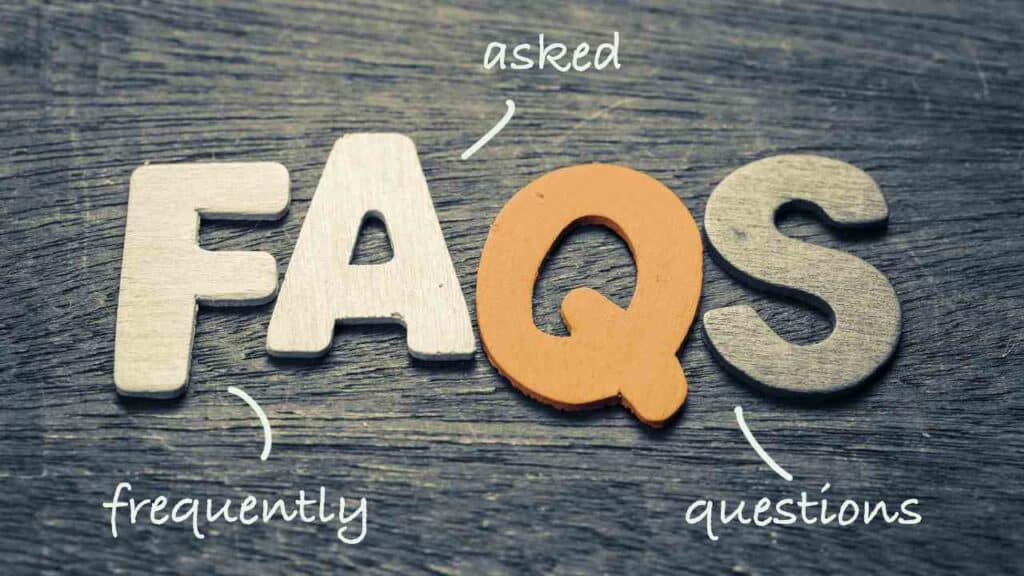Strategies To Strengthen Team Interaction With CRM

Customer Relationship Management (CRM) systems have become an essential tool for businesses of all sizes. They help organizations manage their interactions with customers, streamline sales processes, and improve overall customer satisfaction. However, the success of a CRM system heavily relies on the team’s interaction with it. In this article, we will explore strategies to strengthen team interaction with CRM, ensuring that businesses can fully leverage the benefits of this powerful tool.
The Importance of Team Interaction with CRM
Before diving into the strategies, it is crucial to understand why team interaction with CRM is so important. A CRM system is only as effective as the data it contains and the actions taken based on that data. When team members actively engage with the CRM system, they contribute to a comprehensive and accurate database, enabling better decision-making and customer service.
Furthermore, team interaction with CRM fosters collaboration and transparency within the organization. By sharing information and insights through the CRM system, team members can work together more efficiently, align their efforts, and avoid duplication of work. This ultimately leads to improved productivity and customer satisfaction.
1. Provide Comprehensive Training
One of the primary reasons for low team interaction with CRM is a lack of understanding and training. Many employees may not be familiar with the functionalities and benefits of the CRM system, leading to underutilization or even avoidance of the tool.
To address this issue, businesses should invest in comprehensive training programs for all team members. The training should cover not only the technical aspects of using the CRM system but also its strategic importance and how it aligns with the organization’s goals. By providing a clear understanding of the value of CRM, employees are more likely to actively engage with the system.
Additionally, ongoing training and support should be available to address any questions or challenges that arise. This ensures that team members feel confident and empowered to use the CRM system effectively.
2. Set Clear Expectations and Goals
Team members need to understand how their interaction with the CRM system contributes to the overall success of the organization. By setting clear expectations and goals, businesses can motivate employees to actively engage with the CRM system.
For example, a sales team may be encouraged to log all customer interactions and update contact information regularly. This data can then be used to generate accurate sales forecasts and identify potential upselling opportunities. By highlighting the direct impact of their actions on sales performance, team members are more likely to prioritize their interaction with the CRM system.
Furthermore, businesses should regularly communicate the progress and achievements resulting from effective CRM usage. This reinforces the importance of team interaction and encourages continuous improvement.
3. Simplify User Experience
A complex and unintuitive CRM system can discourage team members from actively engaging with it. To overcome this challenge, businesses should focus on simplifying the user experience and making the CRM system user-friendly.
Firstly, the CRM system should have a clean and intuitive interface that is easy to navigate. Team members should be able to find the information they need quickly and perform tasks efficiently. This can be achieved through thoughtful design and user testing.
Secondly, businesses should customize the CRM system to align with their specific workflows and processes. By tailoring the system to match the team’s existing practices, employees will find it easier to incorporate CRM usage into their daily routines.
Lastly, businesses should provide ongoing support and resources to help team members overcome any challenges they may face while using the CRM system. This can include tutorials, FAQs, and a dedicated support team to address any technical issues or questions.
4. Foster a Culture of Collaboration
Team interaction with CRM can be significantly enhanced by fostering a culture of collaboration within the organization. When team members feel comfortable sharing information and insights through the CRM system, it becomes a valuable resource for everyone.
Businesses can promote collaboration by:
- Encouraging team members to document their interactions with customers, including meeting notes and follow-up actions.
- Providing a platform for team members to share best practices and success stories related to CRM usage.
- Recognizing and rewarding individuals or teams that actively contribute to the CRM system.
By creating a collaborative environment, businesses can tap into the collective knowledge and expertise of their teams, leading to better decision-making and improved customer service.
5. Regularly Review and Update CRM Processes
CRM systems are not static tools. They should evolve and adapt to the changing needs of the organization and its customers. Regularly reviewing and updating CRM processes ensures that the system remains relevant and valuable to the team.
Businesses should regularly assess the effectiveness of their CRM processes and identify areas for improvement. This can be done through feedback from team members, analyzing key performance indicators, and benchmarking against industry best practices.
Based on the findings, businesses should update their CRM processes and communicate the changes to the team. This demonstrates the organization’s commitment to continuous improvement and encourages team members to actively engage with the updated processes.
Strengthening team interaction with CRM is crucial for businesses to fully leverage the benefits of this powerful tool. By providing comprehensive training, setting clear expectations and goals, simplifying the user experience, fostering a culture of collaboration, and regularly reviewing and updating CRM processes, organizations can ensure that their teams actively engage with the CRM system.
Remember, a CRM system is only as effective as the data it contains and the actions taken based on that data. By implementing these strategies, businesses can create a strong foundation for success and drive better customer relationships.
Visit https://SaasExpert.ca – Your All-In-One Sales and Marketing Platform for small businesses, agency owners, and marketers.
Learn more about “Optimizing Communication Between Teams Using CRM” right here.
Frequently asked questions about Strategies To Strengthen Team Interaction With CRM.

❓ How can CRM help in setting up a collaborative environment for my team?
🤝 A: Creating a collaborative environment is about ensuring every voice is heard, every idea is shared, and every piece of information is accessible. CRM acts as a communal platform where all this becomes possible. By centralizing customer data, communication histories, and project updates, CRM ensures everyone is on the same page. 📃 Team members can leave comments, update records, and view their colleagues’ interactions with customers, reducing repetitive tasks and misunderstandings. Additionally, integrating CRM with tools like Microsoft Teams or Slack can further enhance real-time communication and collaboration. Imagine a world where no task falls through the cracks, and every team member is a button away – that’s the collaborative power CRM brings to your fingertips. 💥
❓ What strategies can we employ using CRM to enhance team meetings and internal communications?
📣 A: Goodbye, unproductive meetings and hello, CRM-powered interactions! 🌟 First, utilize CRM dashboards to create visual representations for sales targets, customer feedback, or ongoing project statuses. These can be the focal points of discussions during team meetings, ensuring everyone’s time is spent constructively, focusing on data-driven strategies rather than assumptions. 📊 Second, employ the CRM’s note-taking and record-keeping features to document meeting minutes and action items, making them accessible to everyone for follow-up. Lastly, use the task assignment features to delegate responsibilities during meetings, ensuring accountability and clarity on who’s doing what next. It’s about turning meetings from time-consuming necessities into engines of productivity and innovation. ⏱️🚀
❓ Can CRM be used to celebrate team achievements and milestones? How?
🎉 A: Absolutely, recognition is a massive part of team morale and momentum. Use your CRM to track individual and team milestones, such as closing a big sale, completing projects, or even customer service triumphs. 🏆 Set up automated congratulatory messages or even leaderboards within the CRM to recognize top performers. Make it a point during team meetings to highlight these CRM-recorded achievements, ensuring team members feel seen and valued. You could even integrate the CRM with social platforms or internal communication tools to share these successes company-wide. Remember, a team that feels appreciated will always do more than what is expected. So, let’s celebrate the wins, big or small! 🥳
❓ How does CRM facilitate better knowledge sharing among team members?
🧠 A: Knowledge is power, but it’s even more powerful when shared. CRM systems are treasure troves of information, housing everything from client preferences to historical data on successful deals. Encourage your team to create and store templated responses, best practice guides, and successful sales pitches directly in the CRM. 📚 Implement a ‘knowledge sharing’ culture where team members are motivated to document their experiences and insights within the system. Not only does this create a robust internal knowledge base that’s accessible to everyone, but it also fosters a culture of continuous learning and information sharing. This approach turns every success, and even every failure, into an opportunity for team growth. 🌱
❓ How can team leaders use CRM for effective team management and interaction?
👨💼 A: CRM isn’t just for managing customer relationships; it’s a pivotal tool for team leaders in managing internal relationships and interactions too. By monitoring tasks, deadlines, and individual team member performances within the CRM, leaders gain a 360-degree view of workloads and achievements. 🔄 This oversight means leaders can balance tasks among team members, prevent burnout, and spot areas where employees may need extra support or training. Also, CRMs can be used to send out internal surveys to gather feedback on workplace satisfaction, team dynamics, and areas for improvement. Essentially, it enables leaders not just to manage, but to genuinely connect, understand, and interact meaningfully with their team. 💡
- crm
- customer relationship management
- Strategies To Strengthen Team Interaction With CRM
- What is CRM Software?






